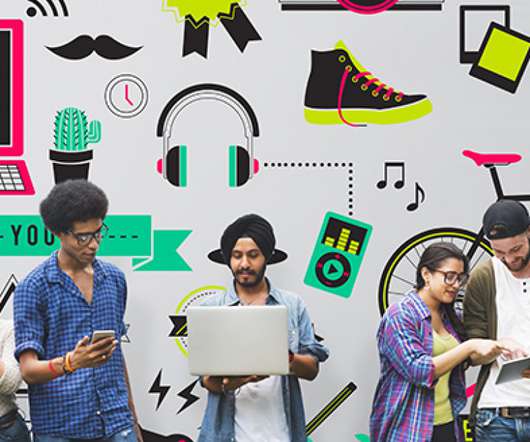And the top e-learning trends for 2016 are.
Neo LMS
DECEMBER 3, 2015
First, mobile learning. Sure, there were lots of devices released in 2014 and the years before, but 2015 was the mobile age. It was the age where almost everyone owned a smartphone - whether it was Android, Apple or Windows Phone. Classrooms will finally become cloud-centric. Flipped classrooms will be the norm.















Let's personalize your content